12 Cover Crops to Plant Now for Healthier Soil Later
Healthy soil is the foundation of every thriving garden. Cover crops can bring fresh benefits by adding organic matter and improving the ground for future planting. They also reduce erosion and keep weeds from taking over. Sowing them at the right time makes a big difference in how well they perform.
This post may contain affiliate links, which helps keep this content free. Please read our disclosure for more info.
Clover
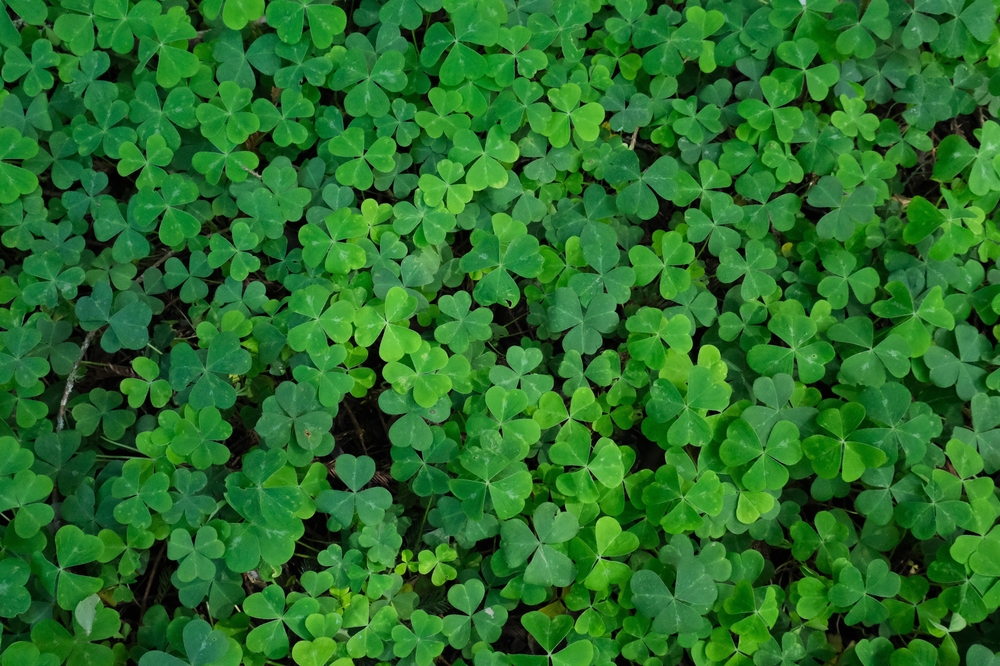
Clover is a popular cover crop because it fixes nitrogen in the soil, which helps prepare beds for vegetables and flowers. It spreads quickly and covers bare ground, preventing erosion and reducing weed growth. Clover can be mowed and tilled back into the soil as green manure. This process adds organic matter and improves soil texture.
Gardeners often plant clover in fall or early spring, depending on the variety. White and red clovers are the most common types chosen for gardens. They tolerate a range of soils and are fairly low-maintenance. Adding clover is a simple way to support long-term soil fertility.
Alfalfa
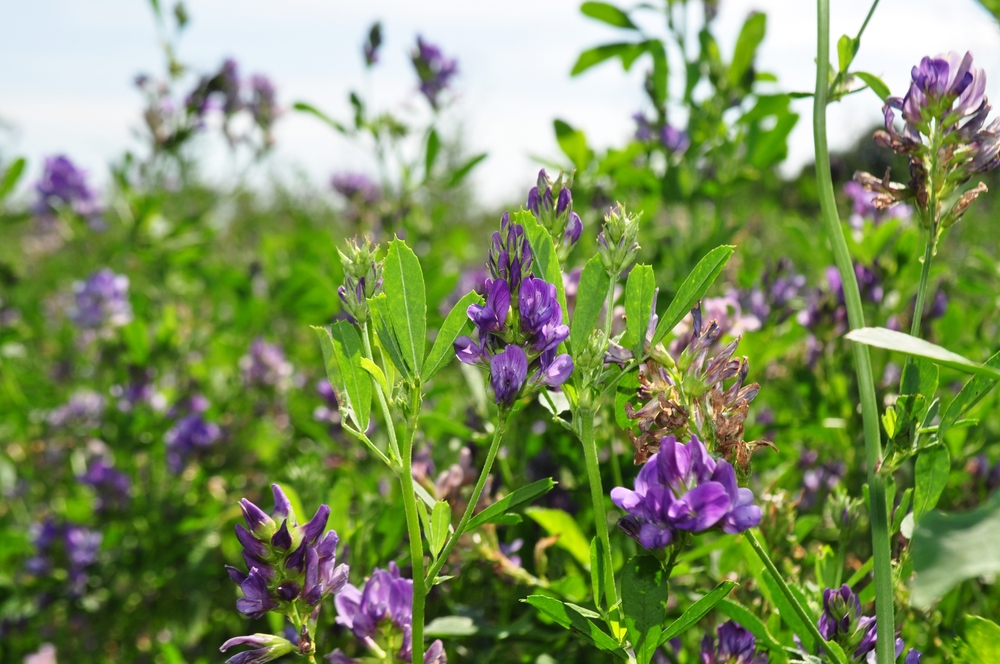
Alfalfa is valued for its deep root system that brings up nutrients from lower soil levels. It fixes nitrogen, which benefits future crops planted in the same area. Alfalfa is often used in larger plots but can work in small gardens too. Once cut, it can be incorporated into the soil to increase organic matter.
It grows best in sunny locations with well-drained soil. Alfalfa can last for more than one season if cared for properly. Its long roots improve soil aeration and water movement. Gardeners appreciate its ability to strengthen soil over time.
Vetch
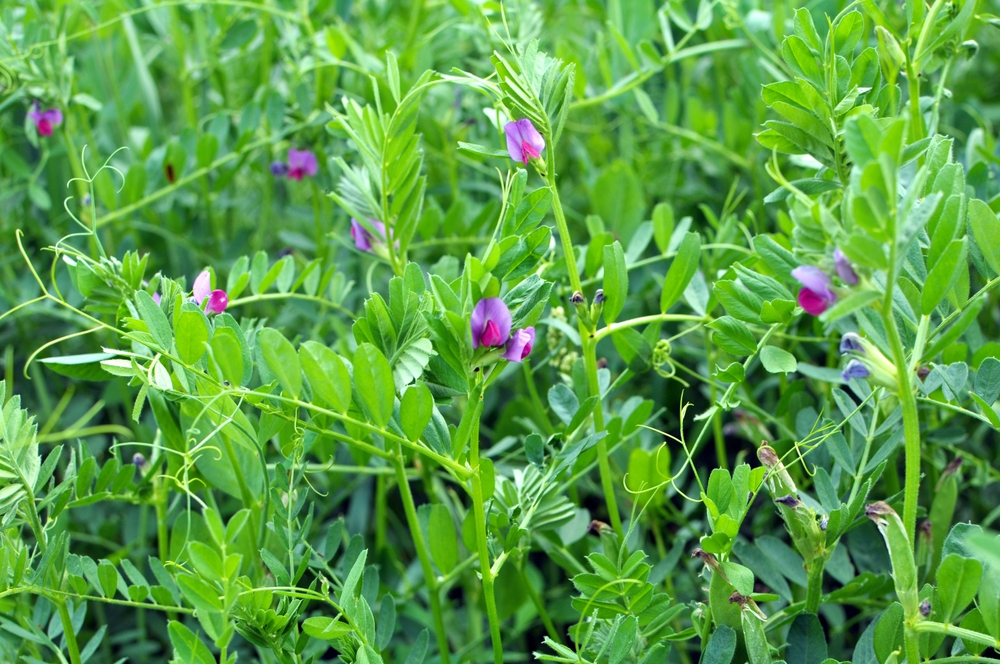
Vetch is another legume that fixes nitrogen and helps enrich soil. It creates a dense mat that prevents erosion and weed growth. Many gardeners plant it in the fall for spring incorporation. Its quick growth makes it an effective choice for covering bare soil.
Hairy vetch is a common variety used for winter cover. It tolerates cold weather better than some other legumes. When tilled in, it breaks down and adds valuable nutrients. This makes it a reliable addition to garden rotations.
Buckwheat
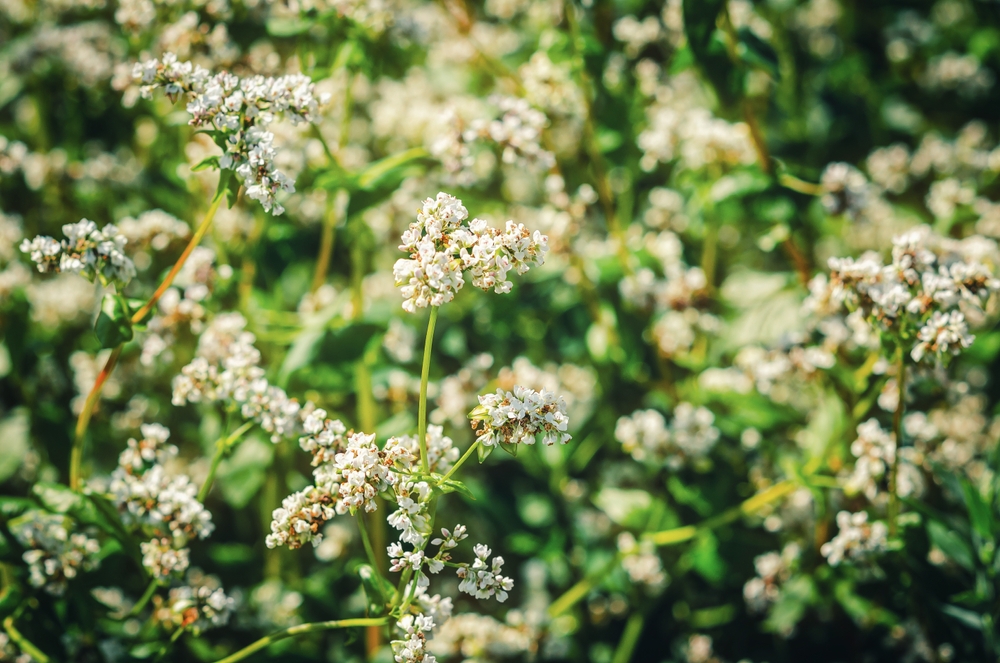
Buckwheat is fast-growing and can cover bare soil in just a few weeks. It is particularly helpful for smothering weeds during summer or late season. Its flowers also attract bees and other pollinators. Once mature, it can be tilled into the soil to improve fertility.
This crop does best in warm weather and grows in many soil types. Buckwheat is not frost-tolerant, so it should be planted when temperatures are stable. Its quick life cycle allows gardeners to use it between plantings. It is a flexible choice for maintaining healthy soil.
Oats
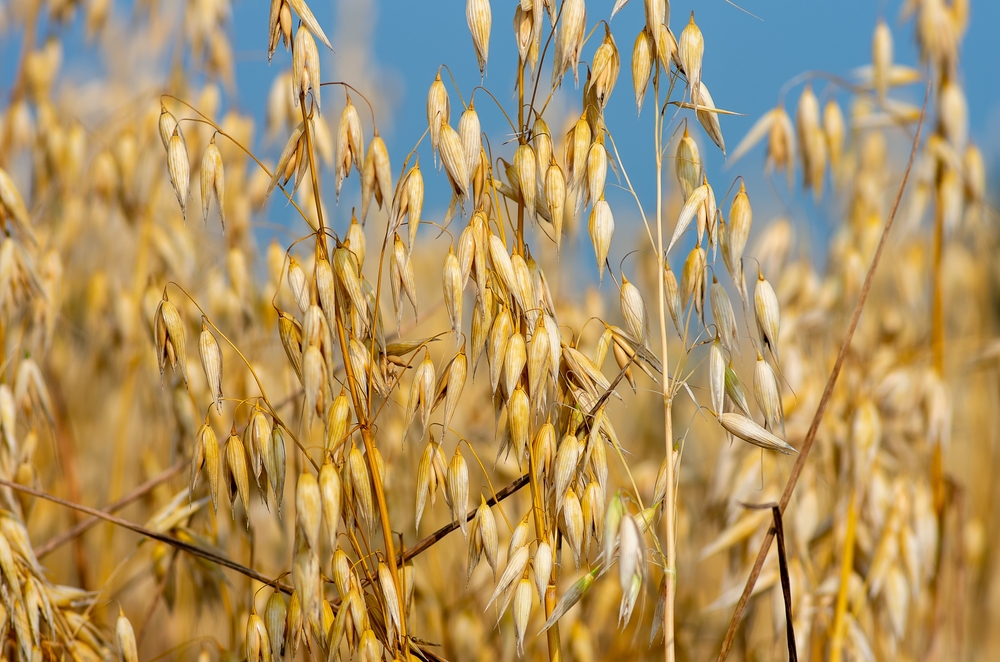
Oats are easy to grow and are often planted in fall to provide winter cover. They produce a thick ground cover that helps prevent erosion. When spring arrives, they die back naturally and can be tilled under. This adds organic material to the soil without much effort.
They thrive in cool weather and germinate quickly. Oats improve soil structure while reducing compaction. They are often paired with legumes for added nitrogen benefits. Many gardeners choose oats for their simplicity and reliability.
Mustard
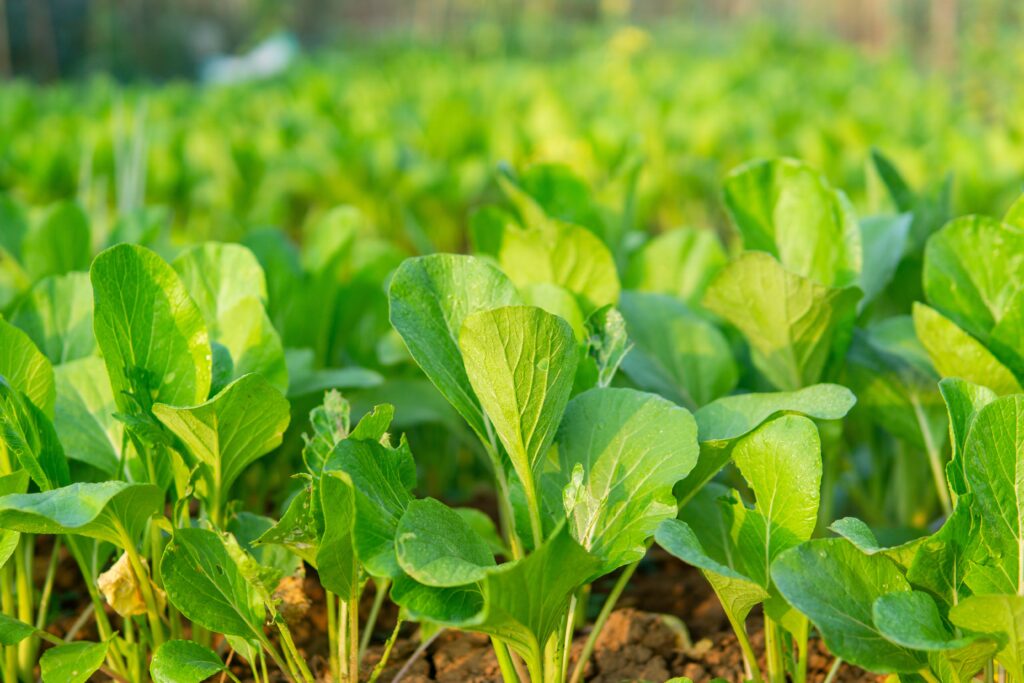
Mustard is a cover crop known for its ability to reduce soil pests. Its roots release natural compounds that can help limit harmful organisms. Mustard grows quickly and produces plenty of biomass for green manure. It is often tilled in before it flowers for best results.
This crop is best planted in cooler seasons for strong growth. It can be managed easily by cutting it down before seeds form. Mustard adds organic matter while also offering some natural protection. It is a useful tool for gardeners looking to refresh soil health.
Peas
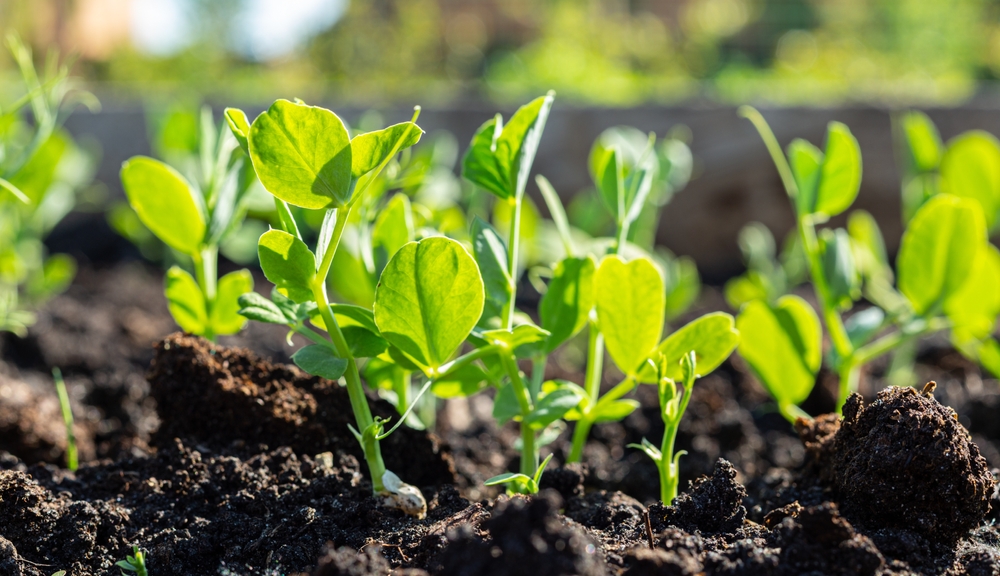
Peas are a versatile cover crop that enriches soil with nitrogen. They grow well in cooler temperatures and are often planted in fall or early spring. Peas provide ground cover that helps reduce weeds and protect the soil surface. Once finished, their vines can be turned into the soil for added nutrients.
They are easy to grow and sprout quickly. Field peas are a popular choice for cover cropping. They work well when mixed with grains like oats for balanced growth. Gardeners value peas for both soil enrichment and seasonal flexibility.
Millet
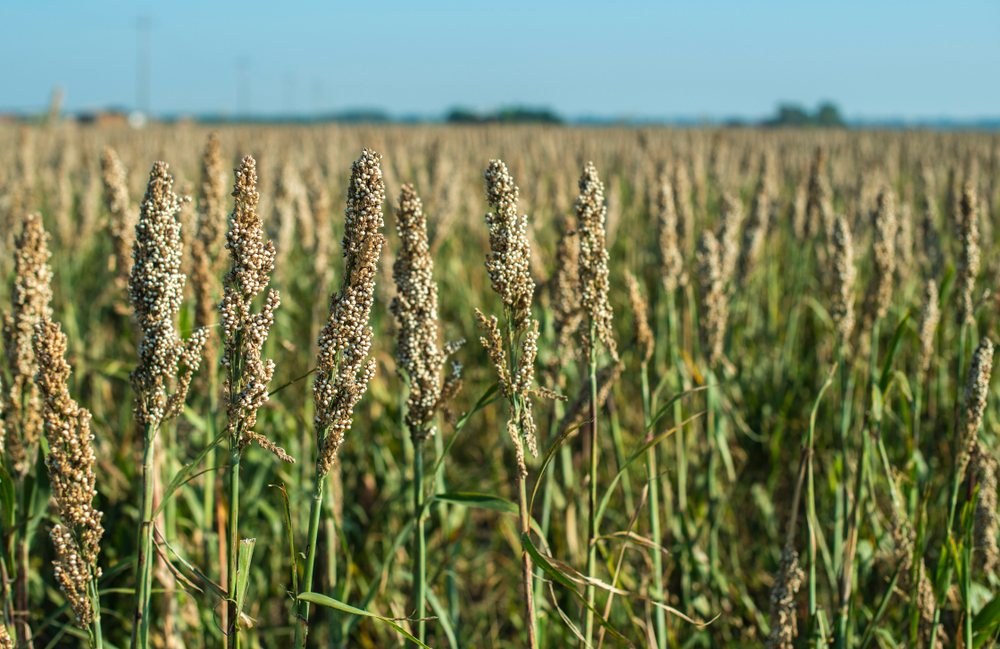
Millet is a warm-season cover crop that grows quickly in summer. It provides ground cover that reduces weed pressure. Its fibrous roots improve soil structure and help prevent compaction. Millet is easy to manage and can be tilled under for added organic matter.
It does best in well-drained soils and thrives in hot weather. Millet is often used between vegetable crops during warm months. It breaks down quickly once incorporated into the soil. Gardeners value it for fast results and soil improvement.
Crimson Clover
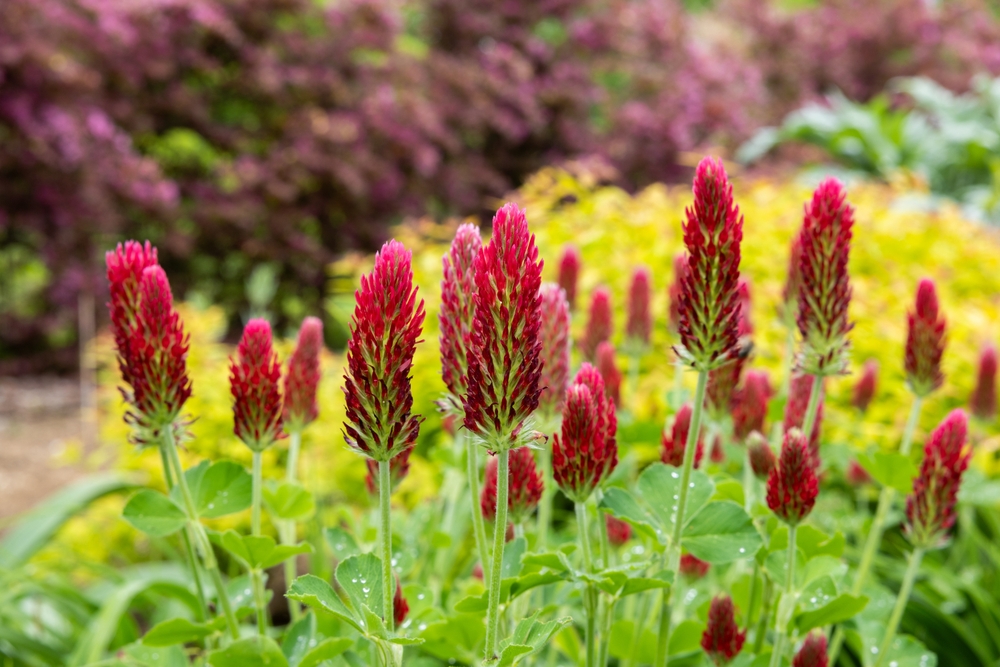
Crimson clover is a striking cover crop with bright red flowers. It fixes nitrogen in the soil and provides nectar for pollinators. This clover variety grows well in cooler seasons and enriches the soil when tilled in. It is popular for both practical and aesthetic reasons.
The flowers bloom quickly, creating a colorful cover in the garden. It is easy to grow and thrives in a wide range of soils. Crimson clover adds organic matter while supporting beneficial insects. Many gardeners plant it in the fall for spring incorporation.
Fenugreek
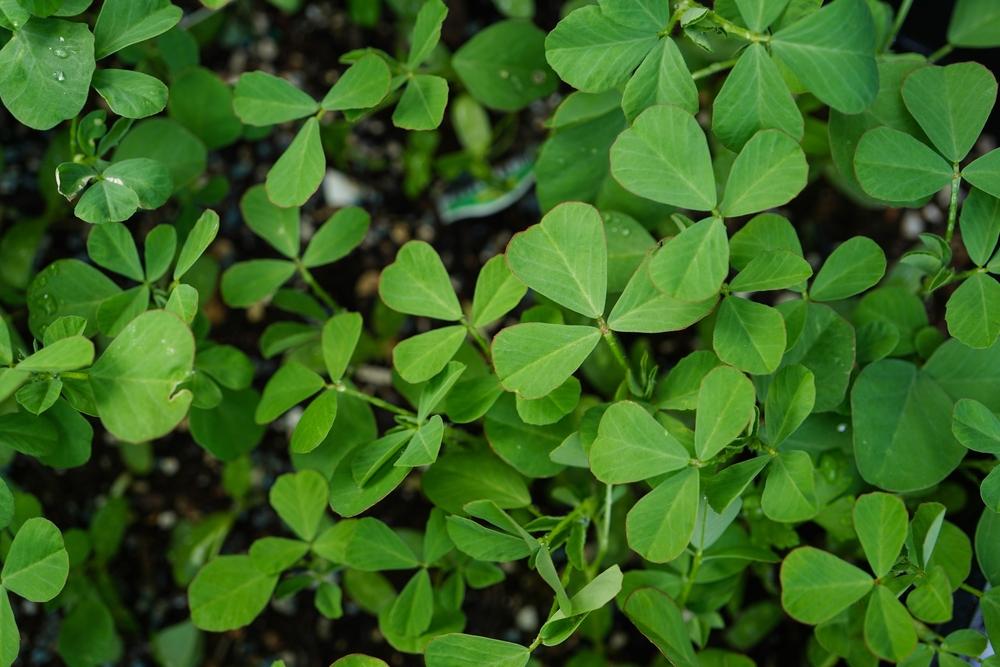
Fenugreek is less common but works well as a cover crop in warm regions. It is a legume that improves soil fertility by fixing nitrogen. Its fast growth helps cover bare soil and control weeds. Once grown, it can be tilled in to add nutrients and biomass.
This crop prefers sunny conditions and well-drained soil. Fenugreek is often used in smaller gardens due to its compact growth. Its seeds are also used in cooking, giving it extra value. Gardeners who try fenugreek often find it both useful and versatile.
Turnips
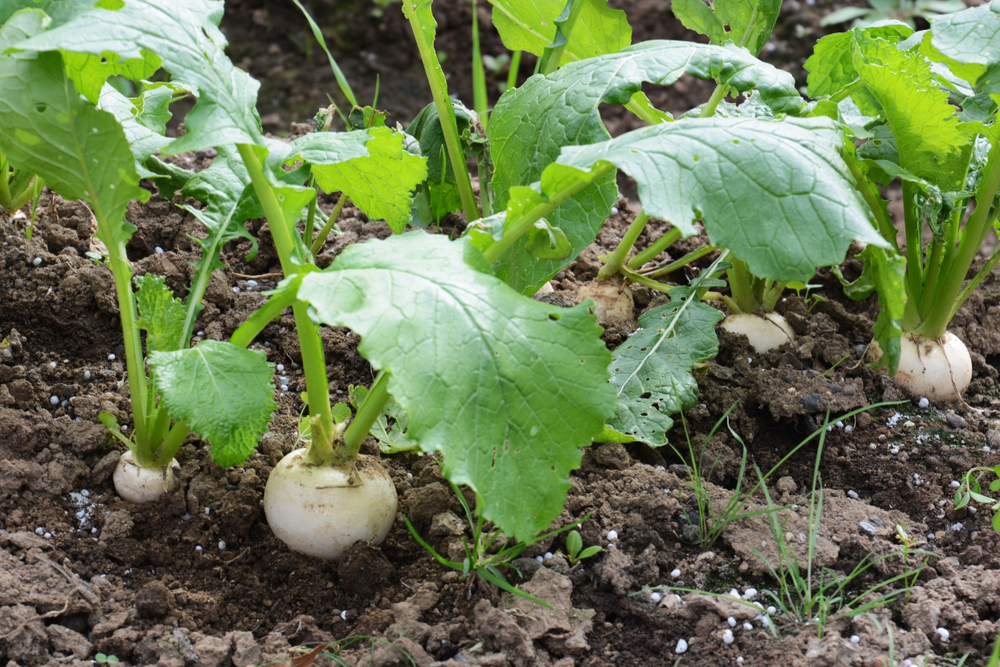
Turnips are root crops that provide dual benefits as food and cover. Their roots help break up compacted soil while their greens cover the ground. Turnips grow quickly in cooler weather and are easy to manage. Once harvested or tilled in, they leave behind improved soil.
They thrive in fall plantings and do well in many soil types. Turnip roots create natural channels that improve water flow. The greens can be incorporated into the soil as organic matter. Gardeners use turnips for both soil health and kitchen use.
Radish
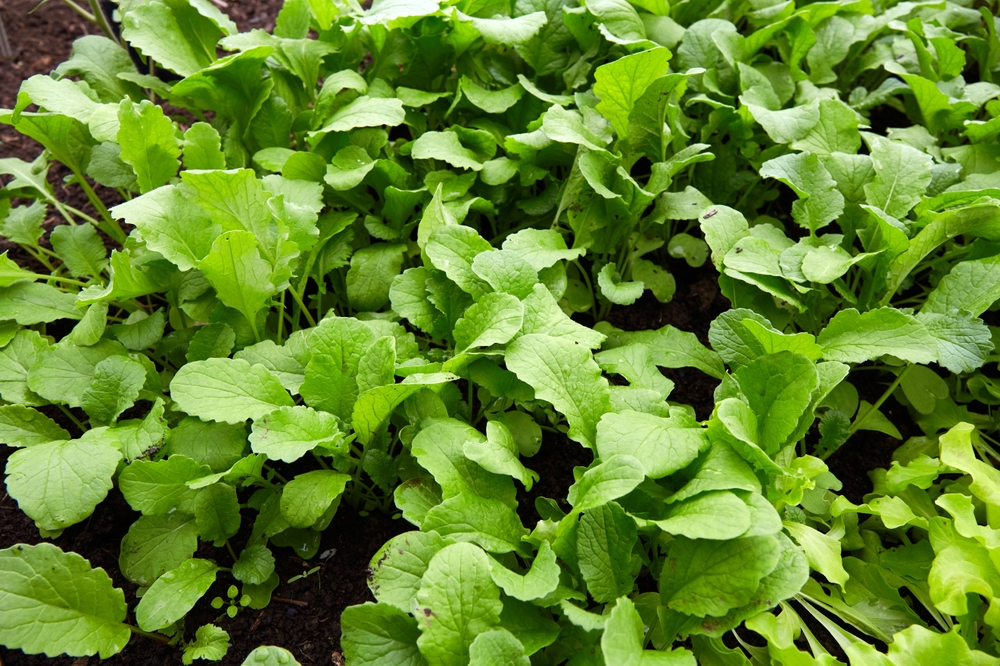
Radish is a popular cover crop known for its deep taproots. These roots break up compacted soil and improve drainage. Radishes grow fast and can be tilled in within weeks. They are often planted in fall to prepare soil for spring.
Daikon radish is the most common type used in cover cropping. Its large roots leave behind air channels that benefit future crops. Radish also provides good ground cover that limits weed growth. Gardeners appreciate its ability to refresh the soil quickly.
This article originally appeared on Avocadu.
